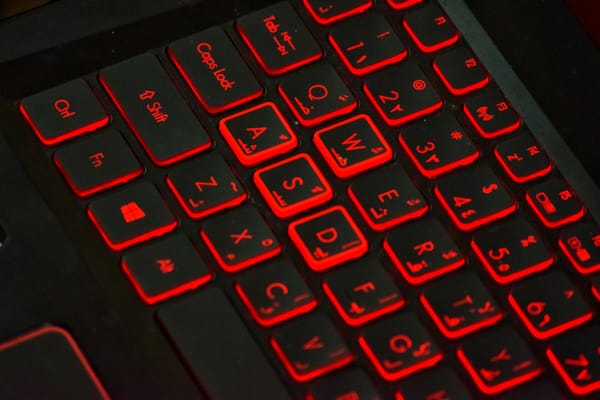Why Media: Equity & Access
A wider range of expressive options benefits a wider range of learners

It's no secret that the Episcopal Church has, on balance, a pretty big educational elitism problem (hi, I'm often a part of the problem) and a whiteness problem (ditto).
Whether our lens is socioeconomics, race and culture, or any number of other ways of understanding how people are different from one another, what feels pretty unassailable as a conclusion is that we privilege too narrow a set of expressive norms and practices in the educational, liturgical, and social settings that form so so many Episcopalians:
- scripted expression over spontaneous expression;
- transmission in writing (for both words and music) over transmission through oral teaching;
- a preference for the artistic priorities of late medieval Europe;
- a preference for learning practices likely to privilege solo, expert perspectives; individual authorship over collective authorship; and the domination of the most confident, powerful, extroverted voices.
We could go on and on. If you're interested in this line of analysis, I recommend starting with Reality Pedagogy (short resource, long resource), (Divorcing) White Supremacy Culture, and the tireless prophetic work of Episcopal leaders like Stephanie Spellers (I usually assign this video as a starting point).
The research and teaching traditions that I got deeply apprenticed into at Teachers College are primarily interested in media-based education as a way to break out of many of these norms.
Of course, there are other pedagogies that address the challenges above in different ways. And media comes with its own baggage with respect to access and inclusion—though many of the "digital divide" critiques I've heard over the years are either out of date or miss the point.
Still, my second big answer to the educational question "Why media?" is that it can simultaneously facilitate speakers speaking, writers writing, composers composing, performers performing, coders coding, artists painting and drawing and sculpting, etc., in the name of exploring the Bible, theology, liturgy, spiritual practices, and more.
Douglas Adams once described our evolving understanding of computers something like this: It's a calculator! Wait, no, it's a typewriter! Wait, no, it's a television! Wait, no, it's an interactive brochure! All of the above: it's a modeling device.
The power is in the flexibility.
I recognize that bringing K-12 thinking into Christian formation spaces always requires a lot of unpacking and translation. But I still can't think of a better way to end this post than via this very short video from my dissertation committee member Detra Price Dennis (which has privacy settings that prevent it from being embedded here). Here's most of her answer to the question of what classrooms will look like in 50 years, and I would say the same for Christian formation spaces:
My hope is that classrooms will be spaces that maybe more resemble laboratories: Where students are able to navigate among multiple materials to really center their own inquiries in a project-based way, that they're solving real-world problems, and they're using technology to communicate their understandings with the world.
At their best, new media and the devices we create them with can help the people we serve participate more deeply in the ways of knowing and ways of communicating that matter most to them. When thoughtfully leveraged, that connection will often lead to more meaningful learning, including learning about the practices, beliefs, and values of our faith communities.


